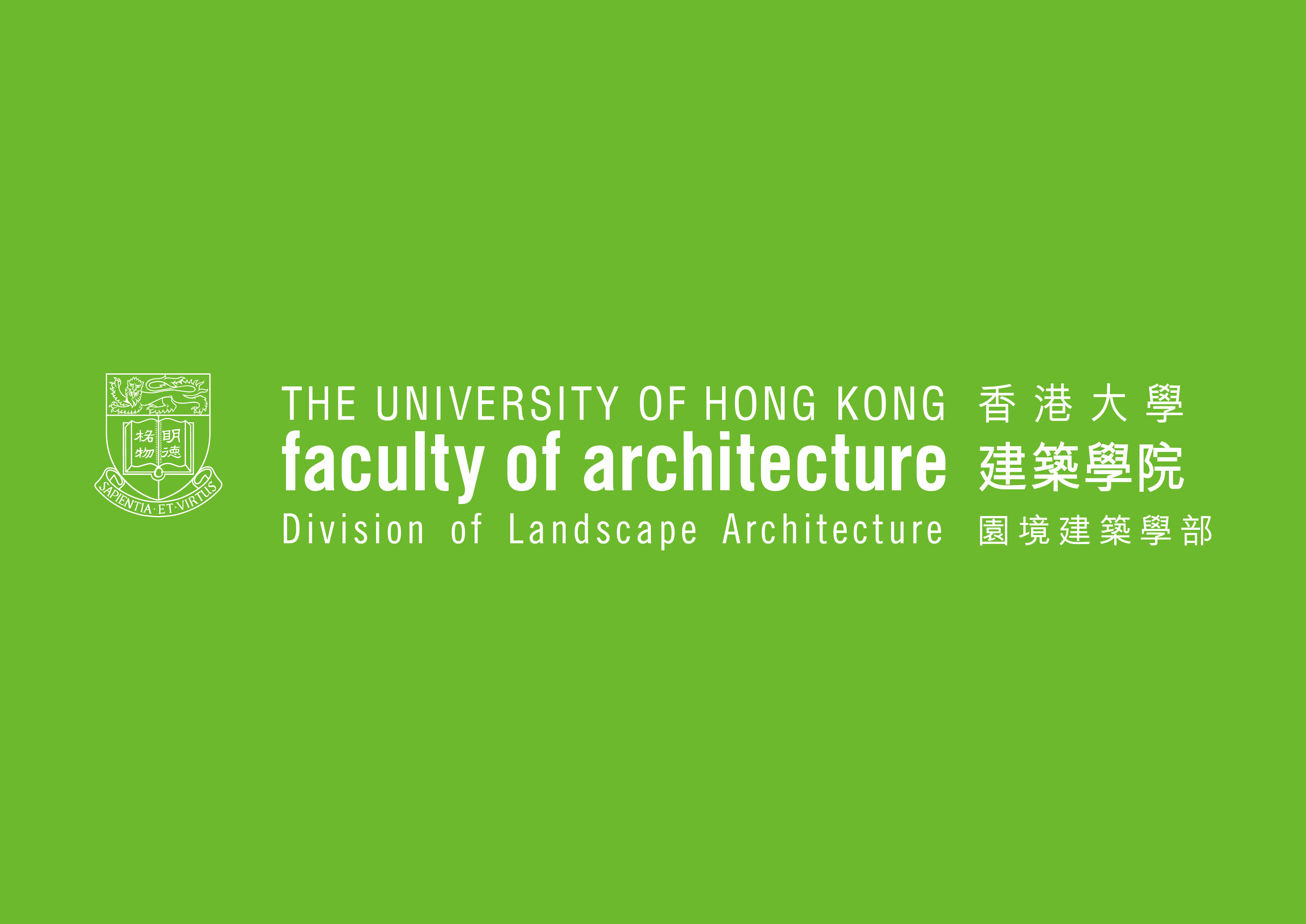现代人经常把自然与人为异分,把任何人为生成的空间与自然对立。然而,人与自然——包括地景与物种的互动——也是自然的一部分。三千年来,滇池人以螺蛳混和红土,形成构筑物与居所。尽管牆与房子的形态有异于自然以成的地景,任何形态只是螺蛳与泥土在不同时间中的变奏。一切最终回归出处,然后再次按照人们的需要而改变形态,仿如循环。不论是沉淀数千年的贝丘,还是近代建成的房子,它们也是螺蛳、泥土与人文互动的延伸,随著人们的发展而散播各处,形成新的、旧的、坚固的还是崩塌的自然地景。
我们将位于乌龙村的滇风博物馆的中央花园用螺蛳、红土和泥砖铺满。这些物料被堆成一座小山丘,代表滇池环境的主要原素,同时意指当地的重要文化遗产——贝丘。 蛳蛳、红土与破碎的泥砖从小山丘的两旁延伸至博物馆各处,意指人类把环境按照不同年代的需要带到滇池各处,形成不断变化的地境。用不同的物料制成的16座柱体从由螺蛳、红土与碎砖组成的地表生长出来,象徵人们不断改变自然的物理形态,却无法断绝一切创造的来源——螺蛳与红土。试图反映出自然是人与环境、其他物种在时间上的互动,形成与崩塌是历史长河中反反覆覆的过程。
柱体以螺蛳与红土为基本材料,添加不同的物料。每座柱体由下自上,由红土与螺蛳开始,再层叠向上混入其他传统或现代材料,象征人在不同年代与自然互动的多样结果。作为代表香港的设计团队,我们亦将岭南地区的传统物料——蚝壳——融入螺蛳与红土,代表两地贝丘文化的互动。在每座柱体构成之后,我们通过敲击柱体表面致使部分柱体破裂、剥落,呈现部分崩塌、部分公整的效果,象征物料形成与分解的往复循环。
Modern people often distinguish nature from man-made, and put any man-made space in opposition to nature.However, man and nature -- including the interaction of landscape and species -- are also part of nature.For 3,000 years, people in Dianchi have formed structures and dwellings by mixing earth with earthworms.Although the shape of walls and houses is different from the natural landscape, any shape is just a variation of earthworms and soil at different times.Everything eventually returns to its source, and then changes its shape again according to people's needs, just like a cycle.Whether it is the sedimentary mounds of thousands of years or the houses built in modern times, they are also an extension of the interaction between earthworms, soil and human beings. With the development of people, they are scattered everywhere, forming new, old, solid or collapsed natural landscapes.We filled the central garden of the Dianfeng Museum in Wolong Village with earthworms, red soil and mud bricks.These materials were piled into a small hill, representing the main elements of the Dianchi environment, and also refers to the important cultural heritage of the place -- the sedimentary mounds. The earthworms, red soil and broken mud bricks extend from both sides of the hill to all parts of the museum, indicating that humans have brought the environment to Dianchi in accordance with the needs of different times, forming a constantly changing landscape. 16 columns made of different materials grow from the surface of the earth composed of snails, red soil and broken bricks, symbolizing that people constantly change the physical form of nature, but can not cut off the source of all creation -- snails and red soil.It attempts to reflect that nature is the interaction between human and environment, and other species over time, and that formation and collapse are repeated processes in history.The columns take snails and red soil as the basic materials, and add different materials.Each column starts from the bottom to the top, starting with red soil and snails, and then layers upward to mix other traditional or modern materials, symbolizing the diverse results of human interaction with nature in different eras.As a design team representing Hong Kong, we also integrate oyster shells, a traditional material in Lingnan, into snails and red soil to represent the interaction between the two areas' Beiqiu culture.After each column is constructed, we break and peel off part of the column by hitting the surface of the column, showing the effect of partial collapse and partial smoothing, symbolizing the repeated cycle of material formation and decomposition.

香港大学(The University of Hong Kong)是一所综合性国际化公立研究型大学,有亚洲“常春藤”之称。在2024年QS排名中,香港大学荣居亚洲大学排名第2位,世界大学排名第26位。该校以英文为主要教学语言,现共有十所学术学院,其以教育学、法律学、社会学、哲学、国际关系、建筑学、新闻学、社会科学、政治学、文学等见长。香港大学建筑学院是香港历史最悠久的建筑教育学院,其在2024年QS排名中荣居世界大学专业排名第14位。建筑学院目前已发展成为一所涵盖建筑学、园境建筑学、文物保护、城市设计、房地产开发与建设等领域的教育和科研机构。建筑学院的园境建筑学部旨在培养具有专业知识、技能和理念的人才,使其在未来能够积极应对并领导解决诸如人口增长、都市扩张、资源枯竭、气候变化,以及废物污染等挑战。
The University of Hong Kong is a comprehensive international public research university, known as the "Ivy" of Asia. In the QS Rankings 2024, the University of Hong Kong is ranked 2nd among Asian universities and 26th in the world. With English as the main language of instruction, the school now has ten academic schools, which are distinguished in education, law, sociology, philosophy, international relations, architecture, journalism, social sciences, political science, literature and so on.
The Faculty of Architecture of the University of Hong Kong is the oldest school of architecture education in Hong Kong and is ranked 14th in the world by subject in the 2024 QS Rankings. The Faculty of Architecture has developed into an educational and research institution covering the fields of architecture, landscape architecture, heritage conservation, urban design, real estate development and construction.
The Faculty of Architecture's Division of Landscape Architecture aims to develop people with the expertise, skills, and ideas to actively respond to and lead solutions to future challenges such as population growth, urban expansion, resource depletion, climate change, and waste pollution.